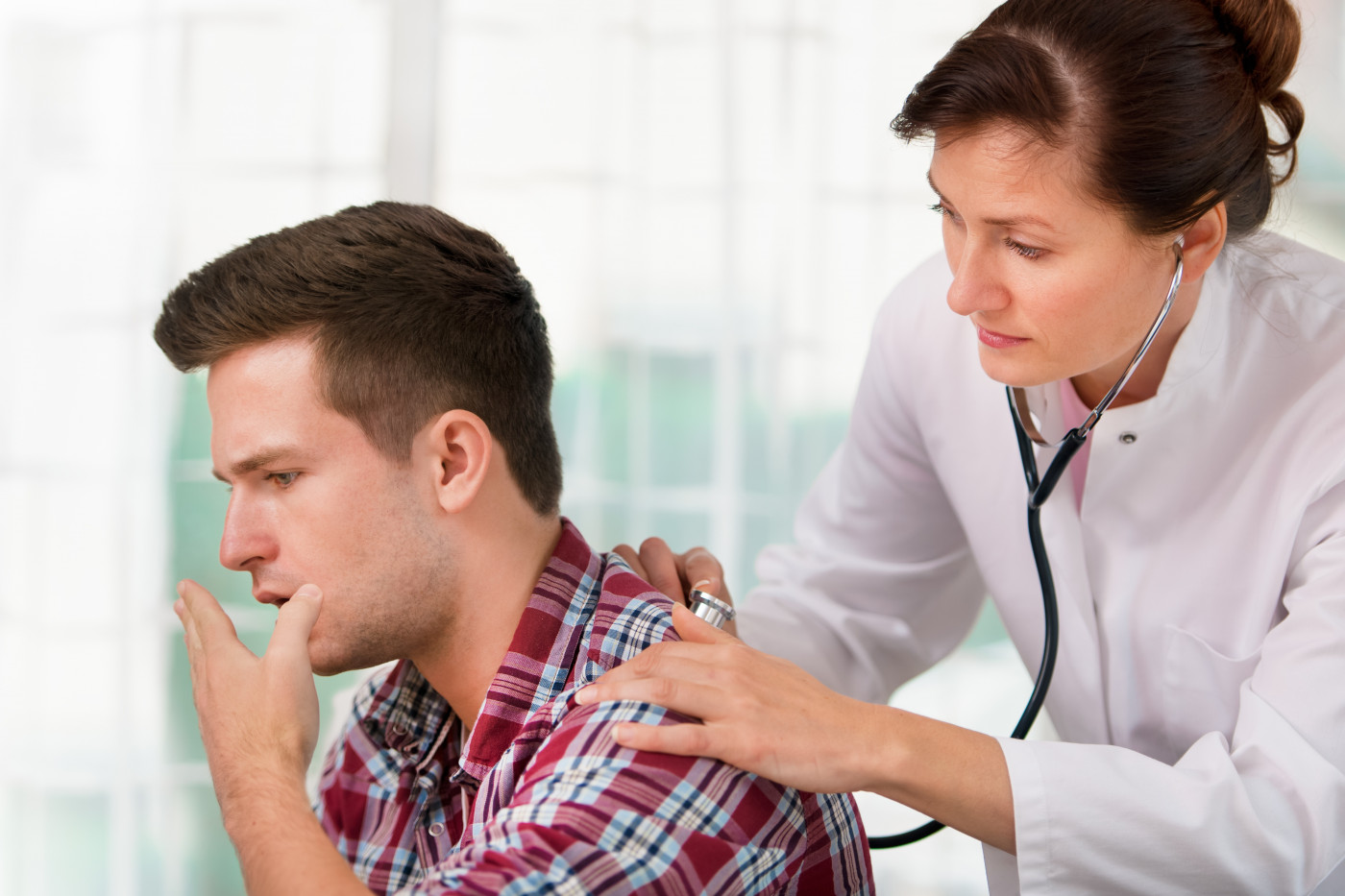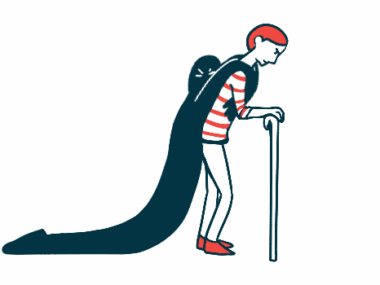Obstructive Sleep Apnea Is Common Among Children and Adolescents with Ehlers-Danlos Syndrome, Study Finds
Written by |

Approximately two in five children and adolescents with Ehlers-Danlos syndrome experience impaired breathing during sleep, a condition called obstructive sleep apnea (OSA), a study reports.
The condition increases daytime sleepiness and sleep-related breathing disorders, which reduce the quality of life.
The study, “Obstructive Sleep Apnoea in Children and Adolescents with Ehlers-Danlos Syndrome,” was published in the journal Respiration.
OSA is characterized by the narrowing of the throat during sleep, making patients repeatedly stop and start breathing during this period. As a result, fatigue and excessive daytime sleepiness are common in these patients.
The disease has been widely described in adults with Ehlers-Danlos, who also report chronic fatigue, but whether OSA also affects children and adolescents with EDS remains largely unknown.
In healthy children, OSA is linked with poor school performance and reduced quality of life, as well as a higher risk for developing cardiovascular diseases. Researchers in Switzerland now aimed to assess its prevalence in children with Ehlers-Danlos syndrome.
Researchers recruited a group of 24 children diagnosed with Ehlers-Danlos syndrome (mean age 14.2 years) and 24 healthy children (mean age 13.9 years) at the Children’s Hospital Zurich, Switzerland.
All participants completed a home respiratory polygraphy, a test that assesses several parameters linked with respiration, such as airflow and oxygen rates.
Participants and their parents also completed questionnaires assessing their sleep — the Sleep-Related Breathing Disorder Scale and the Epworth Sleepiness Scale — and health-related quality of life — the Child Health Questionnaire.
OSA was diagnosed according to the scoring in the American Academy of Sleep Medicine 2012 criteria.
Researchers found that 42% of children with Ehlers-Danlos syndrome had OSA, compared to 13% of healthy controls. Daytime sleepiness and sleep-related breathing disorders were also significantly higher in the Ehlers-Danlos syndrome group.
Moreover, children and adolescents with EDS had significantly lower health quality of life, as shown by their scores in the Child Health Questionnaire.
A higher impairment in respiratory obstruction correlated with more impaired physical function and emotional and social limitations.
Researchers investigated potential factors such as age, body mass index (BMI), snoring history, and asthma, that could predict the risk for OSA but none of the factors was significantly associated with the risk for the condition.
Overall, the findings show that OSA is common among children and adolescents with Ehlers-Danlos syndrome, and has “previously been underestimated as an [Ehlers-Danlos syndrome]-related complication that significantly increases disease burden.”
“Daytime sleepiness — one of the major symptoms in adult EDS patients — and hyperactivity were also found to be a problem in children and adolescents with EDS,” researchers said. Studies are now required to determine whether OSA treatment improves these symptoms in Ehlers-Danlos patients.





